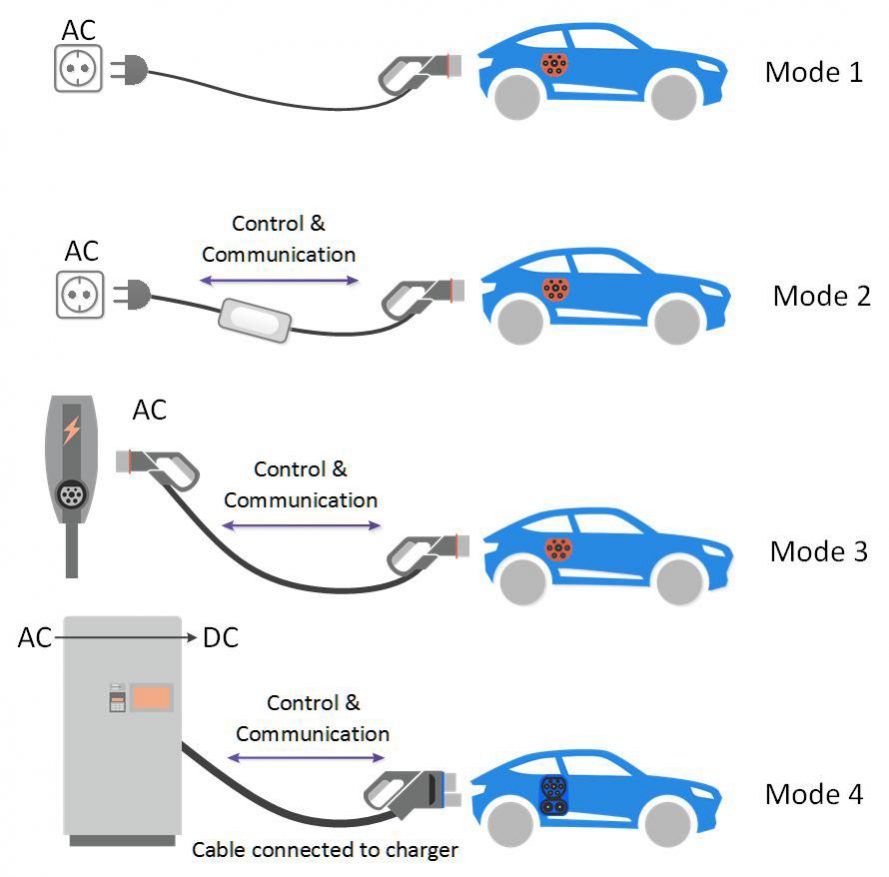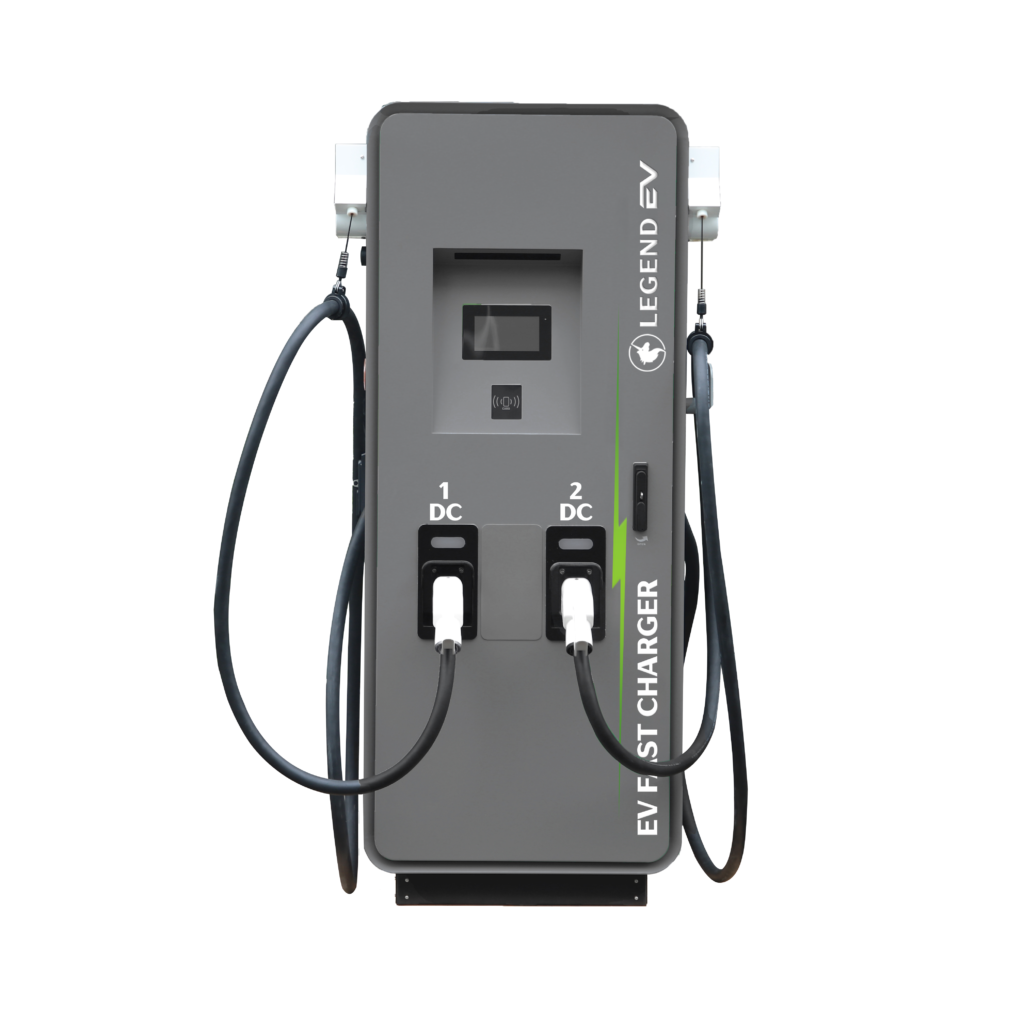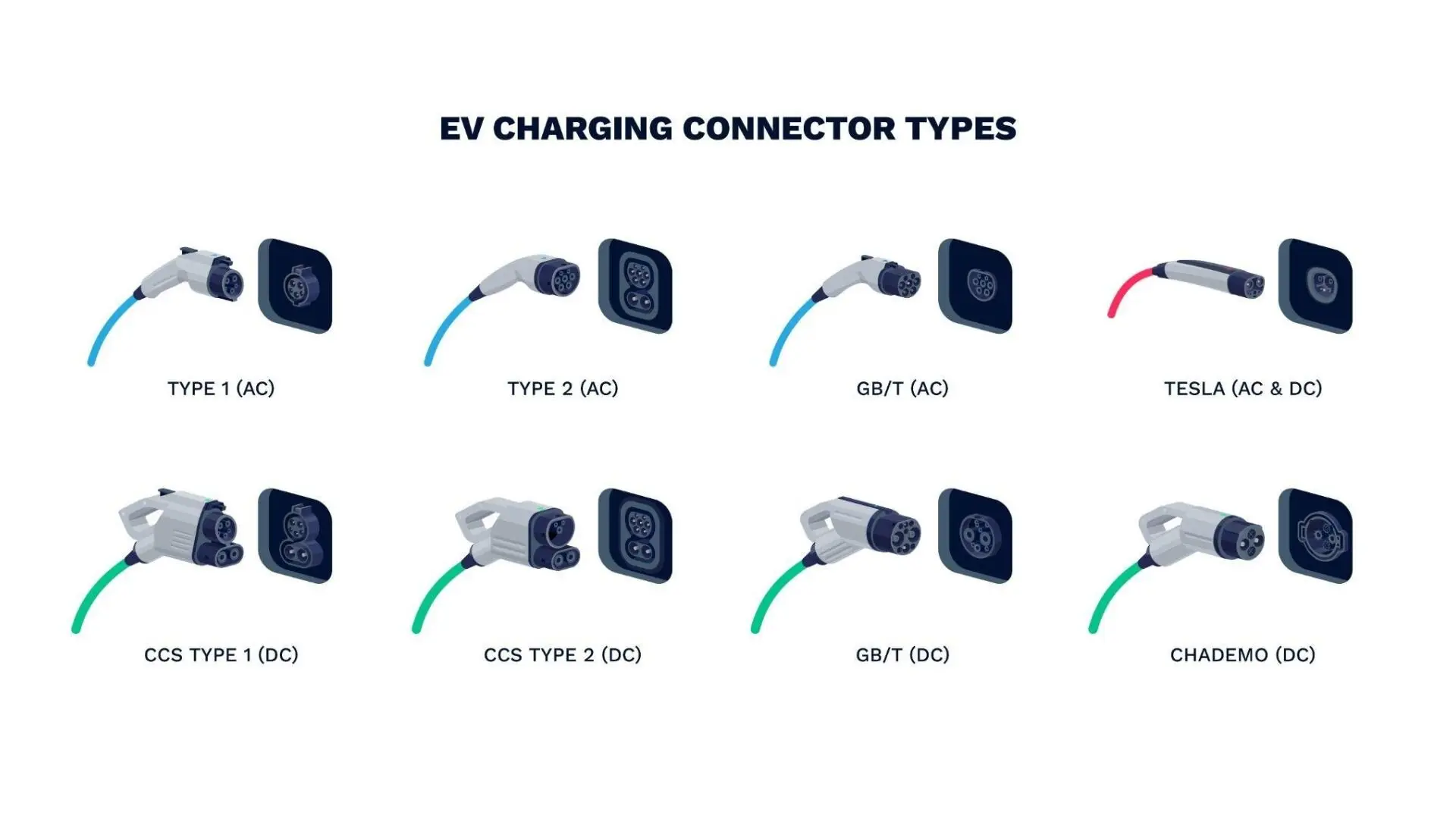Sensational Tips About Are Wall Chargers AC Or DC

Types Of Electric Car Plugs And Cable For Charging Station Connection
Unveiling the Electrical Enigma
1. Deciphering the Power Source
Ever wondered about the electricity powering your devices? We plug our phones, laptops, and tablets into wall chargers daily, seemingly without a second thought. But behind that simple act lies a fascinating conversion process. Are wall chargers AC or DC? That's the million-dollar question we're diving into today, and trust me, the answer isn't as straightforward as you might think. It's not about one being "better" than the other; it's about understanding how they work together to keep our digital lives humming.
Let's start with the basics. Your wall outlet provides alternating current (AC) electricity. This is the type of electricity that's efficiently transmitted over long distances from power plants to your home. Think of it like a flowing river that changes direction periodically. Direct current (DC), on the other hand, flows in one direction only, like a one-way street for electrons. Many electronic devices, including phones, laptops, and tablets, require DC power to operate. That's where the charger comes in to play. It doesn't just passively transfer power, it actively changes the form.
So, if our outlets provide AC, and our devices need DC, whats the solution? The answer, my friend, is that little box we call a wall charger. It's more than just a plug; its an AC-to-DC converter. These chargers contain internal circuits designed to transform the high-voltage AC power from your wall into the low-voltage DC power that your gadgets crave. Think of it as a translator between two electrical languages.
Inside that seemingly innocuous plastic brick is a carefully engineered system. Components like transformers, diodes, and capacitors work in concert to step down the voltage and rectify the current. Without this conversion, plugging your phone directly into the wall would be, shall we say, a shocking experience and not in a good way. It's an intricate process that ensures the safe and efficient delivery of power to your precious devices. So next time you plug in your phone, take a moment to appreciate the silent hero that is the wall charger!

Types Of EV Charging AC & DC Malaysia MYEV Mart
Delving Deeper
2. Exploring the Conversion Process
Now that we know chargers convert AC to DC, let's pull back the curtain a bit and see how they actually accomplish this magical transformation. The process is fascinating and involves several key components working together in harmony. It all starts with a transformer, which steps down the voltage from the high-voltage AC found in your wall outlet to a lower, more manageable level. This is essential because most electronic devices operate on relatively low voltages, typically between 5 and 20 volts.
After the transformer does its thing, the current is still AC, meaning it's still alternating direction. This is where the diodes come into play. Diodes act like one-way valves, allowing current to flow in only one direction. By arranging diodes in a specific configuration, a rectifier circuit is created, effectively converting the AC current into pulsating DC. Think of it as taking the alternating flow of a river and forcing it to move predominantly in one direction.
But this pulsating DC isn't quite smooth enough for most electronic devices. That's where capacitors enter the picture. Capacitors act like small energy reservoirs, storing electrical energy and releasing it smoothly to filter out the ripples in the pulsating DC. This results in a relatively stable and consistent DC voltage that's suitable for powering sensitive electronic components. It's like adding a dam to the river to smooth out the flow and prevent surges.
Modern chargers often incorporate even more sophisticated circuitry, including voltage regulators and overcurrent protection mechanisms. These features ensure that the output voltage remains stable even when the input voltage fluctuates, and they protect your devices from damage in case of a power surge or other electrical anomaly. Its all designed to keep things running smoothly and safely, extending the life of your gadgets and preventing any unwanted electrical surprises. These additions really highlight how much has changed over the years and how far the technology has come, adding a layer of safety and sophistication we didn't always have.

Charger Types and Voltage Variations
3. USB-A, USB-C, and Beyond
The world of wall chargers has evolved significantly over the years, giving rise to a variety of types, each with its own characteristics and capabilities. The ubiquitous USB-A charger, recognizable by its rectangular shape, was once the standard for charging many devices. However, with the advent of newer technologies, USB-C chargers have gained prominence due to their faster charging speeds, increased power delivery, and reversible connector design. They can handle more power, making them ideal for charging larger devices like laptops and tablets, while also being able to quickly charge phones. Talk about versatility!
Voltage also plays a crucial role in charger compatibility. Most USB chargers operate at 5 volts, but some devices may require higher voltages for optimal charging. Power Delivery (PD) technology, often found in USB-C chargers, allows for variable voltage output, enabling the charger to adapt to the specific power requirements of the connected device. This intelligent power management ensures efficient charging while minimizing the risk of damage. It's like having a universal remote control for your devices, automatically adjusting the settings to match their needs.
Furthermore, some chargers utilize proprietary charging protocols, such as Qualcomm Quick Charge, to further accelerate charging speeds. These protocols employ sophisticated algorithms to optimize the voltage and current delivered to the device, resulting in significantly faster charging times compared to standard USB chargers. However, it's important to note that these proprietary protocols may not be compatible with all devices, so it's always a good idea to check compatibility before using a particular charger. It's best to do a little research to ensure you are getting the fastest, and more importantly, safest charging experience for your specific device.
The variety of charger types and voltage variations available today can be a bit overwhelming, but understanding the basics can help you make informed decisions when choosing a charger for your devices. Consider the charging speed, power requirements, and compatibility of the charger to ensure optimal performance and safety. And remember, using a charger that's not specifically designed for your device can potentially damage it, so it's always better to err on the side of caution and choose a charger that meets the manufacturer's specifications. It's always worth a little bit of homework to save yourself from a potentially costly mistake.

Safety First
4. Avoiding Potential Hazards
When it comes to wall chargers, safety should always be a top priority. Using low-quality or counterfeit chargers can pose significant risks, including electrical shock, fire hazards, and damage to your devices. These chargers often lack essential safety features, such as overcurrent protection and short-circuit prevention, which can lead to catastrophic failures. Think of it like buying a knock-off parachute it might look similar, but you wouldn't want to trust your life to it!
To ensure your safety, always purchase chargers from reputable manufacturers and retailers. Look for chargers that have been certified by recognized safety organizations, such as UL (Underwriters Laboratories) or CE (Conformité Européenne). These certifications indicate that the charger has been tested and meets stringent safety standards. It's like getting a seal of approval from the electrical safety police. These organizations exist to protect consumers and they set rigorous testing standards.
Pay attention to the charger's specifications, including the voltage and current output. Make sure the charger's output matches the requirements of your device. Using a charger with the wrong voltage or current can damage your device or even create a fire hazard. Read the fine print on the charger and your device to ensure compatibility. It's a small step that can save you a lot of trouble (and money) in the long run.
Avoid using damaged chargers or those with frayed cords. These chargers can be dangerous and may pose an electrical shock hazard. If you notice any signs of damage, such as cracks, discoloration, or exposed wires, discard the charger immediately. It's better to be safe than sorry, especially when it comes to electricity. Also, be mindful of where you are charging your devices. Avoid placing chargers in damp or humid environments, as this can increase the risk of electrical shock. Keep them away from water, and consider using surge protectors to guard against power surges that could damage your devices or chargers. Being proactive in your safety measures will ensure the longevity of your devices and your own well-being.

Frequently Asked Questions (FAQs)
5. Addressing Common Charger Queries
Still have some burning questions about wall chargers and their electrifying secrets? No problem! Here are a few frequently asked questions to shed some more light on this often-overlooked technology:
Q: Can I use a charger with a higher amperage than my device requires?
A: Generally, yes. Most devices have built-in circuitry to regulate the amount of current they draw from a charger. The device will only draw the current it needs, even if the charger can supply more. However, it's always a good idea to check your device's specifications to be sure, but in most cases, using a higher amperage charger won't cause any harm, and may even result in faster charging.
Q: Is it okay to leave my charger plugged in when it's not charging anything?
A: While modern chargers consume very little power when not in use, it's still a good practice to unplug them when you're not charging anything. This can help save energy and reduce the risk of electrical hazards. Plus, it's just a responsible thing to do for the environment. Consider it a small act of eco-friendliness.
Q: Are all USB-C chargers created equal?
A: Nope! While USB-C connectors are standardized, the charging capabilities and features can vary significantly between different chargers. Some USB-C chargers support Power Delivery (PD) for faster charging, while others may only offer standard charging speeds. Always check the charger's specifications to ensure it meets your device's requirements. It's like comparing a regular car to a sports car they both get you from point A to point B, but one does it much faster!
Q: Can using a phone while charging damage the battery?
A: Using your phone while charging generally won't cause significant damage to the battery, but it can generate extra heat. Excessive heat can degrade the battery over time, potentially shortening its lifespan. It's best to avoid prolonged use during charging or, if you must use it, minimize demanding tasks like gaming or video streaming.
